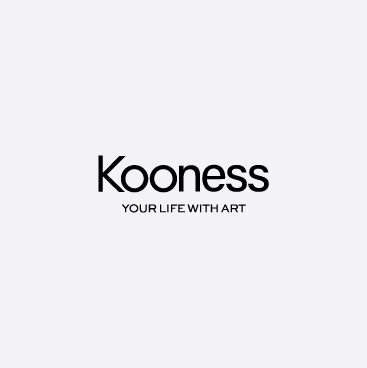Adrian Heath
Myanmar
2 Works exhibited on Kooness
Represented by
Categories
Don't have the time to browse through this artist's catalogue? Fill in this form to receive a curated selection of their works tailor-made to your needs.
Works by Adrian Heath
Adrian Heath was born in Burma in 1920. Arriving in England at the age of five, he studied painting in Cornwall before enrolling at Slade School of Art, where he met artists such as William Coldstream, Lawrence Gowing and Victor Pasmore. During World War II he was imprisoned in a Bavarian prison camp, where he started experimenting with abstract forms and shapes whilst in solitary confinement following his attempt to escape. The war years proved crucial in the development of his analytic, abstract approach to form, which he always privileged over realism and figuration. After WWII, Heath returned to the Slade to complete his study. Although he was to retain links with Cornwall throughout his life, the impact that London and Paris exercised on his artistic production shaped the future of his work, which grew out of a cross-fertilisation between the classical abstraction which was typical of London, and the romantic abstraction of St. Ives. Upon his return to England, Heath joined The London Group, and his studio at Fitzroy Street soon became a meeting place for many intellectuals of the time. He was interested in art theory and wrote a manifesto-like text entitled Abstract Art, its Origins and Meaning, which was published at the same time as his first solo show was held at the Redfern Gallery in 1953. Between the 1960s and ‘80s, Heath’s work was often selected for inclusion in important survey shows, such as those organised by the British Council (British Art Today, which toured the USA in 1962), the Tate Gallery (St Ives 1939-64), and the Hayward Gallery (British Drawing, 1983).

